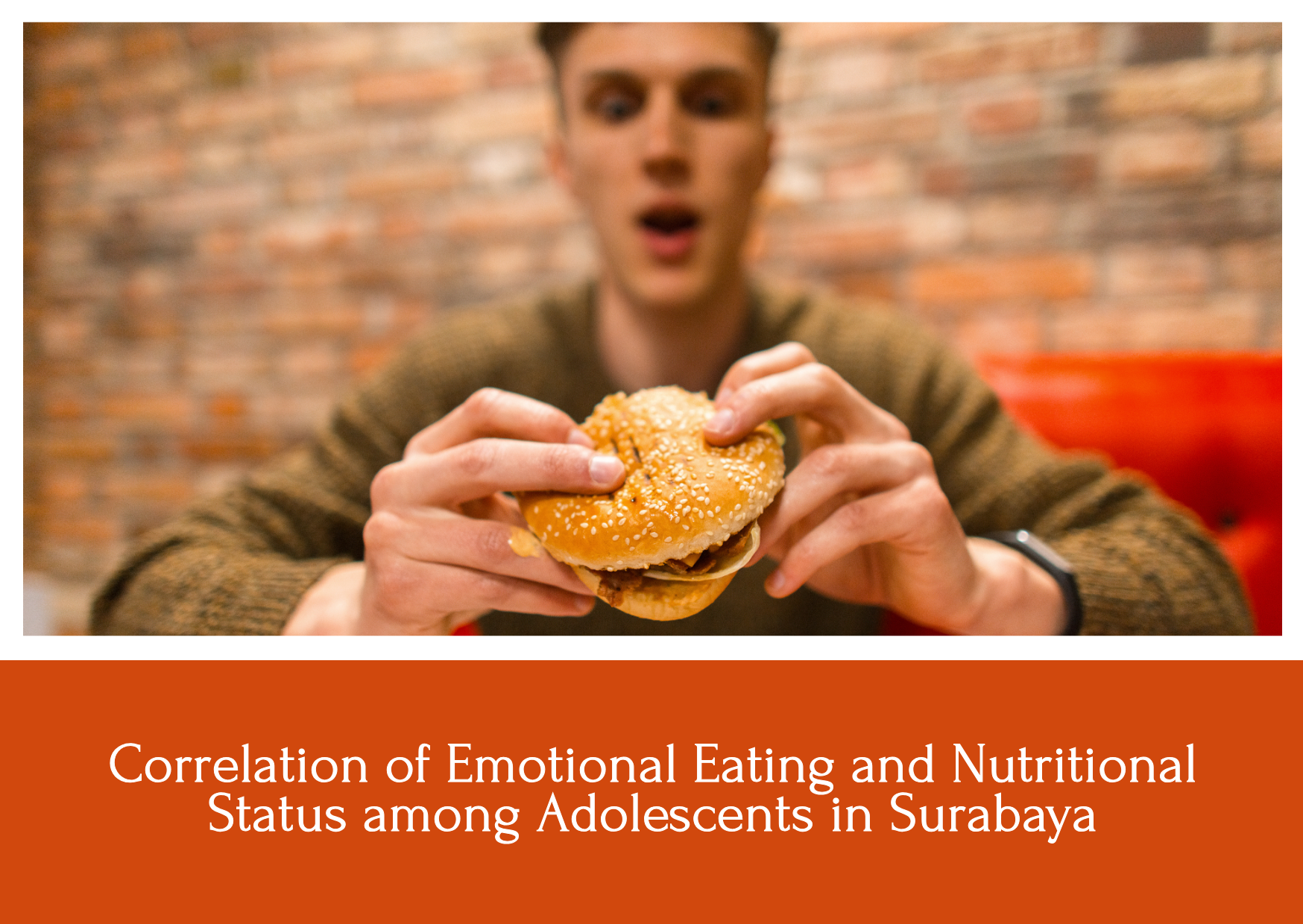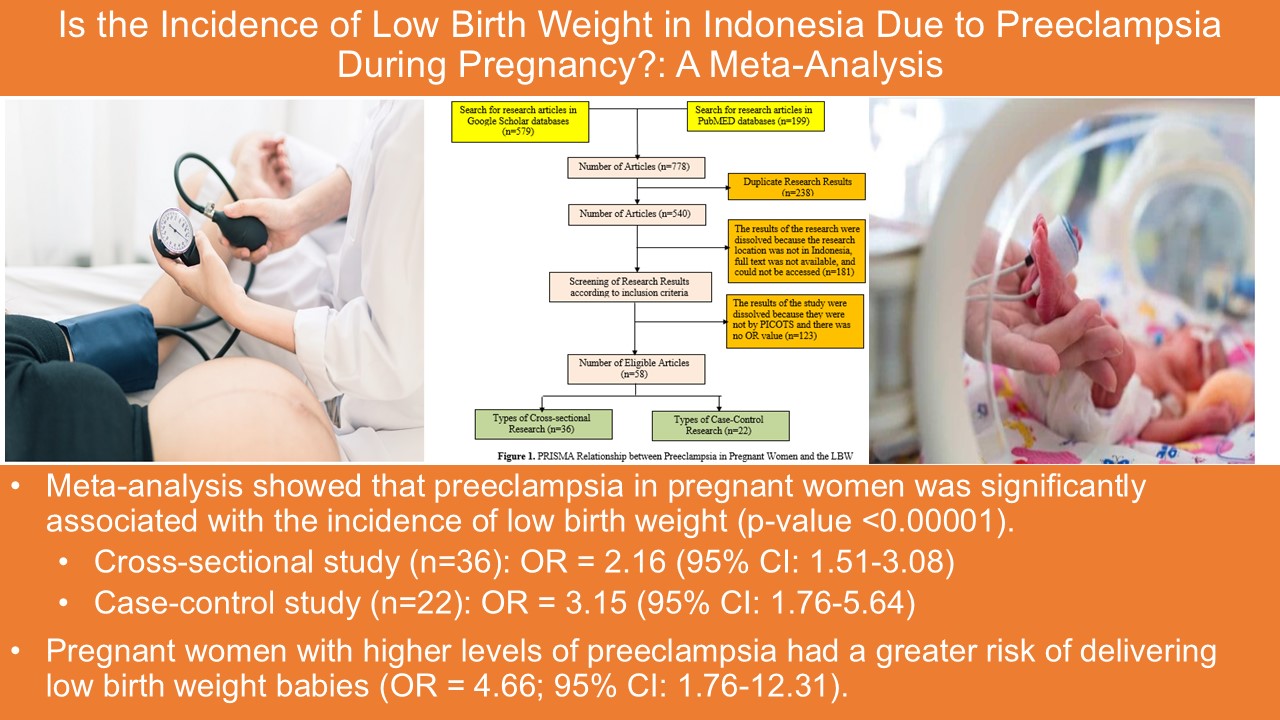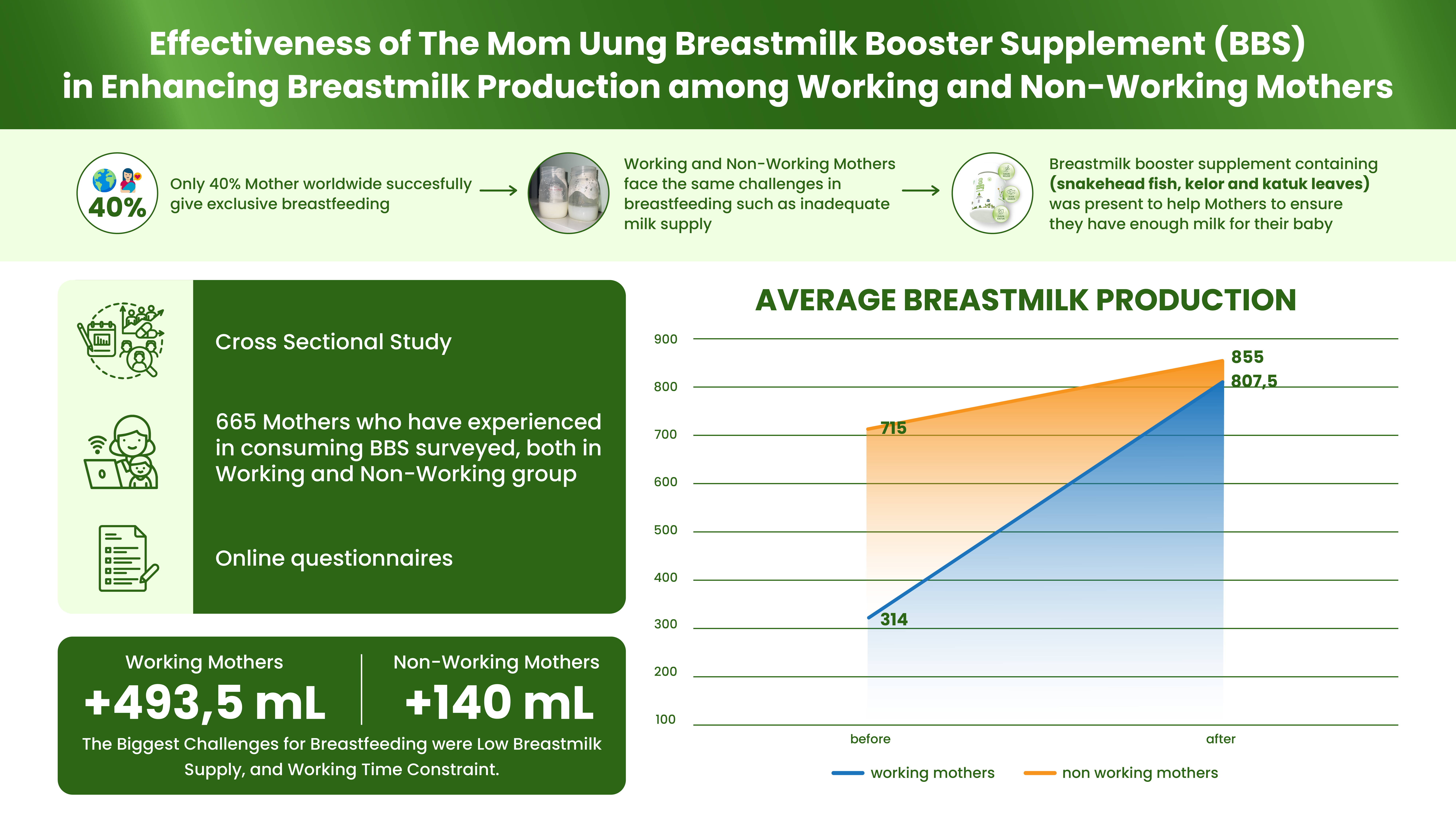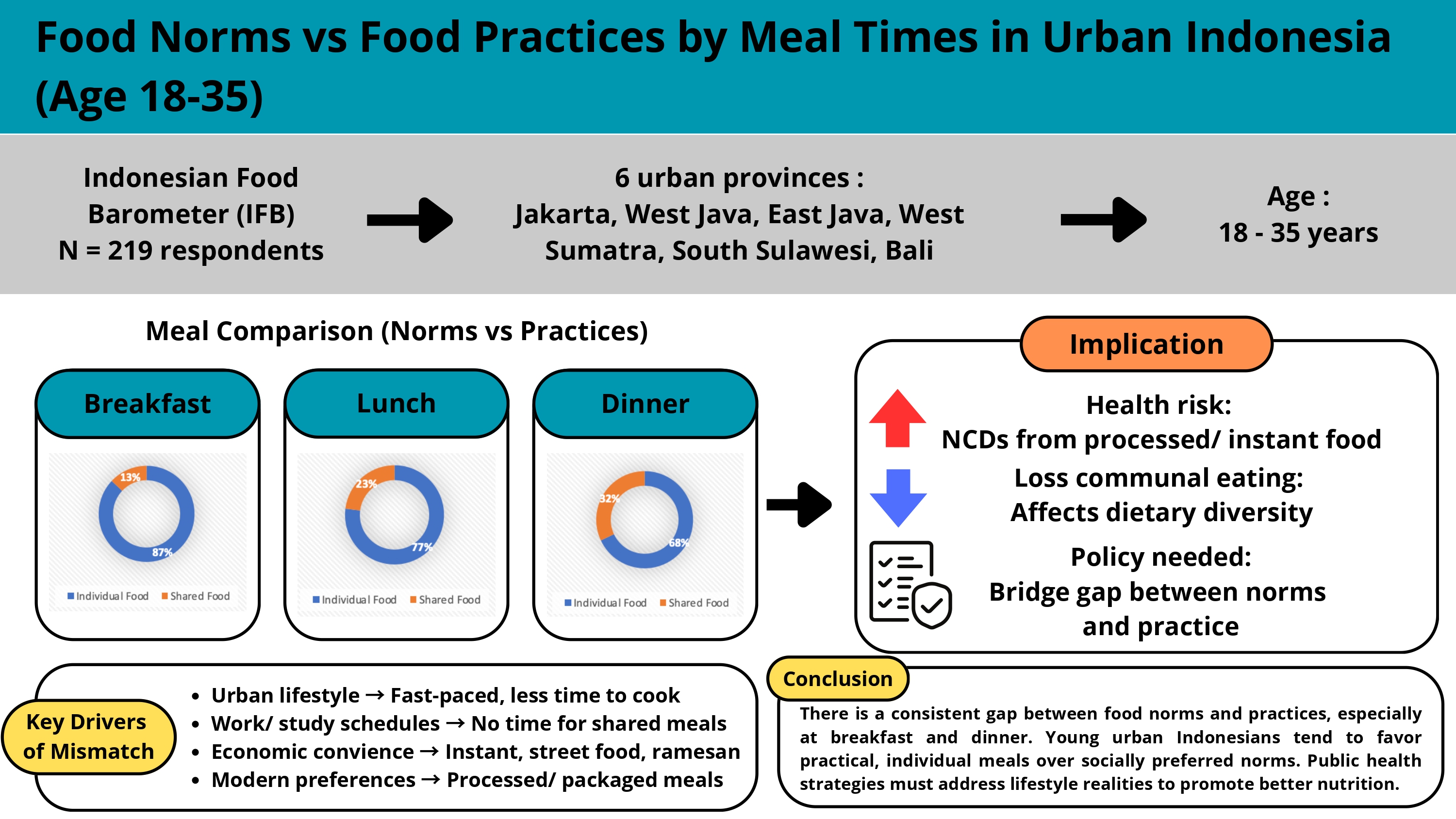CORRELATION OF EMOTIONAL EATING AND NUTRITIONAL STATUS AMONG ADOLESCENTS IN SURABAYA

Downloads
Adolescence is an important period of growth because the growth spurt which occurs is the peak of physical and emotional growth and development. Adolescents often experience stress in learning at school so they need good stress coping mechanisms. One coping mechanism that is often used is to apply emotional eatingThis study aims to examine the correlation between emotional eating and the nutritional status of students at SMAN 5 Surabaya. A cross-sectional method was applied involving 91 students. Nutritional status was assessed using BMI-for-age Z-scores according to WHO Anthro Plus standards, while emotional eating was evaluated through the Eating Evaluation due to Emotions and Stress (EADES) questionnaire. The findings showed that 35.2% of students were classified as overweight, and 16.5% as obese. Additionally, 71.4% of the participants reported experiencing emotional eating. A significant association was found between emotional eating and excessive nutritional status (p=0.010). It can be concluded that emotional eating directs teenage students to a nutritional status that tends to be higher; this will have an impact on the growth and development adolescents physically and emotionally. Students are expected to have better stress coping so they don't experience emotional eating.
Barnes, T. L., French, S. A., Harnack, L. J., Mitchell, N. R., & Wolfson, J. (2015). Snacking Behaviors, Diet Quality, and Body Mass Index in a Community Sample of Working Adults. Journal of the Academy of Nutrition and Dietetics, 115(7), 1117–1123. https://doi.org/10.1016/j.jand.2015.01.009
Bonnet, J. P., Cardel, M. I., Cellini, J., Hu, F. B., & Guasch-Ferré, M. (2020). Breakfast Skipping, Body Composition, and Cardiometabolic Risk: A Systematic Review and Meta-Analysis of Randomized Trials. Obesity, 28(6), 1098–1109. https://doi.org/10.1002/oby.22791
Bucchianeri, M. M., Arikian, A. J., Hannan, P. J., Eisenberg, M. E., & Neumark-Sztainer, D. (2013). Body dissatisfaction from adolescence to young adulthood: Findings from a 10-year longitudinal study. Body Image, 10(1), 1–7. https://doi.org/10.1016/j.bodyim.2012.09.001
Cash, T. F. (2004). Body image: Past, present, and future. In Body Image (Vol. 1, Issue 1, pp. 1–5). https://doi.org/10.1016/S1740-1445(03)00011-1
Collins, C. E. (2011). Dietary Strategies for Successful Weight Loss and Maintenance: More Evidence Required. Journal of the American Dietetic Association, 111(12), 1822–1825. https://doi.org/10.1016/j.jada.2011.09.016
de Pinho, L., Brito, M. F. S. F., Silva, R. R. V., Messias, R. B., e Silva, C. S. de O., Barbosa, D. A., & Caldeira, A. P. (2019). Perception of body image and nutritional status in adolescents of public schools. Revista Brasileira de Enfermagem, 72, 229–235. https://doi.org/10.1590/0034-7167-2018-0644
Desa, D. I., Sikep, K., Ambarwati, M. D., Soeyono, R. D., Astuti, N., & Romadhoni, I. F. (2023). Hubungan Aktivitas Fisik dan Perilaku Makan terhadap Status Gizi Remaja Selama Pandemi COVID-19. Jurnal Tata Boga, 12(1). https://ejournal.unesa.ac.id/index.php/jurnal-tata-boga/
Finkler, E., Heymsfield, S. B., & St-Onge, M. P. (2012). Rate of weight loss can be predicted by patient characteristics and intervention strategies. Journal of the Academy of Nutrition and Dietetics, 112(1), 75–80. https://doi.org/10.1016/j.jada.2011.08.034
Fisher, E., Dunn, M., & Thompson, J. K. (2002). Social comparison and body image: An investigation of body comparison processes using multidimensional scaling. Journal of Social and Clinical Psychology, 21(5), 566–579. https://doi.org/10.1521/jscp.21.5.566.22618
Geliebter, A., & Aversa, A. (2003). Emotional Eating in Overweight, Normal Weight, and Underweight Individuals. Eating Behaviors, 3, 341–347.
Harriger, J. A., & Thompson, J. K. (2012). Psychological consequences of obesity: Weight bias and body image in overweight and obese youth. In International Review of Psychiatry (Vol. 24, Issue 3, pp. 247–253). https://doi.org/10.3109/09540261.2012.678817
Health, A., Sawyer, S. M., Afi, R. A., Bearinger, L. H., Blakemore, S.-J., Dick, B., Ezeh, A. C., & Patton, G. C. (2012). Series Adolescence: a foundation for future health. Lancet, 379, 1630–1670. https://doi.org/10.1016/S0140
Kim, Y., Yang, H. Y., Kim, A. J., & Lim, Y. (2013). Academic stress levels were positively associated with sweet food consumption among Korean high-school students. Nutrition, 29(1), 213–218. https://doi.org/10.1016/j.nut.2012.08.005
Kong, P., & Harris, L. M. (2015). The sporting body: Body image and eating disorder symptomatology among female athletes from leanness focused and nonleanness focused sports. Journal of Psychology: Interdisciplinary and Applied, 149(2), 141–160. https://doi.org/10.1080/00223980.2013.846291
Kusuma, M., Wirasto, R., & Huriyati, E. (2010). Status Stres Psikososial dan Hubungannya dengan Status Gizi Siswa SMP Stella Duce 1 Yogyakarta. Jurnal Gizi Klinik Indonesia, 6(3), 138–144.
Madison Yuhasnara, S., & Muslihah, N. (2024). Tingkat Stres Akademik pada Risiko Eating Disorder pada Mahasiswa Gizi Tingkat Akhir Universitas Brawijaya : a Crossectional Study. Journal of Nutrition College, 13(2), 188–195. http://ejournal3.undip.ac.id/index.php/jnc/
Muinga, E. N., Waudo, J., & Osur, J. O. (2024). Relationship between intake of energy-dense diets and nutritional status of adolescents in primary schools in Nairobi City County, Kenya. North African Journal of Food and Nutrition Research, 8(17), 52–65. https://doi.org/10.51745/najfnr.8.17.52-65
Nurjannah, I., & Muniroh, L. (2019). Body Image, Nutritional Adequacy Level, and Fad Diets among Female Adolescent Models in Surabaya. Media Gizi Indonesia, 14(1), 95–105. https://doi.org/10.204736/mgi.v14i1.95-105
Ozier, A. D., Kendrick, O. W., Knol, L. L., Leeper, J. D., Perko, M., & Burnham, J. (2007). The Eating and Appraisal Due to Emotions and Stress (EADES) Questionnaire: Development and Validation. Journal of the American Dietetic Association, 107(4), 619–628. https://doi.org/10.1016/j.jada.2007.01.004
Prentice, A. M., Ward, K. A., Goldberg, G. R., Jarjou, L. M., Moore, S. E., Fulford, A. J., & Prentice, A. (2013). Critical windows for nutritional interventions against stunting. In American Journal of Clinical Nutrition (Vol. 97, Issue 5, pp. 911–918). https://doi.org/10.3945/ajcn.112.052332
Preti, A., Usai, A., Miotto, P., Petretto, D. R., & Masala, C. (2008). Eating disorders among professional fashion models. Psychiatry Research, 159(1–2), 86–94. https://doi.org/10.1016/j.psychres.2005.07.040
Rachmawati, Y., Anantanyu, S., & Kusnandar. (2019). Emotional eating, snacking behavior and nutritional status among adolescents. International Journal of Public Health Science, 8(4), 413–418. https://doi.org/10.11591/ijphs.v8i4.20398
Rachmi, C. N., Jusril, H., Ariawan, I., Beal, T., & Sutrisna, A. (2021). Eating behaviour of Indonesian adolescents: a systematic review of the literature. In Public Health Nutrition (Vol. 24, pp. S84–S97). Cambridge University Press. https://doi.org/10.1017/S1368980020002876
Snoek, H. M., Engels, R. C. M. E., van Strien, T., & Otten, R. (2013). Emotional, external and restrained eating behaviour and BMI trajectories in adolescence. Appetite, 67, 81–87. https://doi.org/10.1016/j.appet.2013.03.014
Tahreem, A., Rakha, A., Rabail, R., Nazir, A., Socol, C. T., Maerescu, C. M., & Aadil, R. M. (2022). Fad Diets: Facts and Fiction. In Frontiers in Nutrition (Vol. 9). Frontiers Media S.A. https://doi.org/10.3389/fnut.2022.960922
Wulandari, A. (2014). Karakteristik Pertumbuhan Perkembangan Remaja dan Implikasinya terhadap Masalah Kesehatan dan Keperawatannya. Jurnal Keperawatan Anak, 2(1), 39–43.
Yamamoto, R., Tomi, R., Shinzawa, M., Yoshimura, R., Ozaki, S., Nakanishi, K., Ide, S., Nagatomo, I., Nishida, M., Yamauchi-Takihara, K., Kudo, T., & Moriyama, T. (2021). Associations of skipping breakfast, lunch, and dinner with weight gain and overweight/obesity in university students: A retrospective cohort study. Nutrients, 13(1), 1–14. https://doi.org/10.3390/nu13010271

This work is licensed under a Creative Commons Attribution-NonCommercial-ShareAlike 4.0 International License.
- MEDIA GIZI INDONESIA Journal is the copyright owner of all materials published on this website.
- The formal legal provisions for access to digital articles of this electronic journal are subject to the terms of the Creative Commons Attribution-NonCommercial-ShareAlike license (CC BY-NC-SA 4.0), which means that MEDIA GIZI INDONESIA Journal and readers reserve the right to save, transmit media / format, manage in database, maintain, and publish articles as long as it continues to include the name of the Author.
- Printed and published print and electronic manuscripts are open access for educational, research and library purposes. In addition to these objectives, the editorial board shall not be liable for violations of copyright law.


2.png)





















